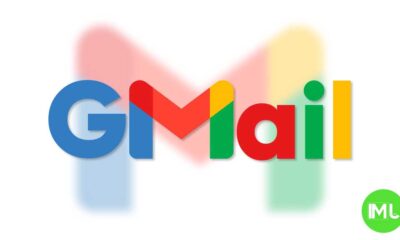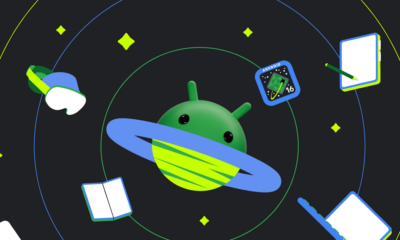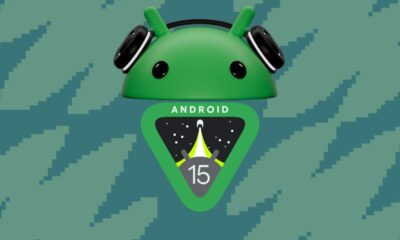Android
Enhanced Android Theft Protection and Pixel Watch charging screen: Comprehensive Rollout
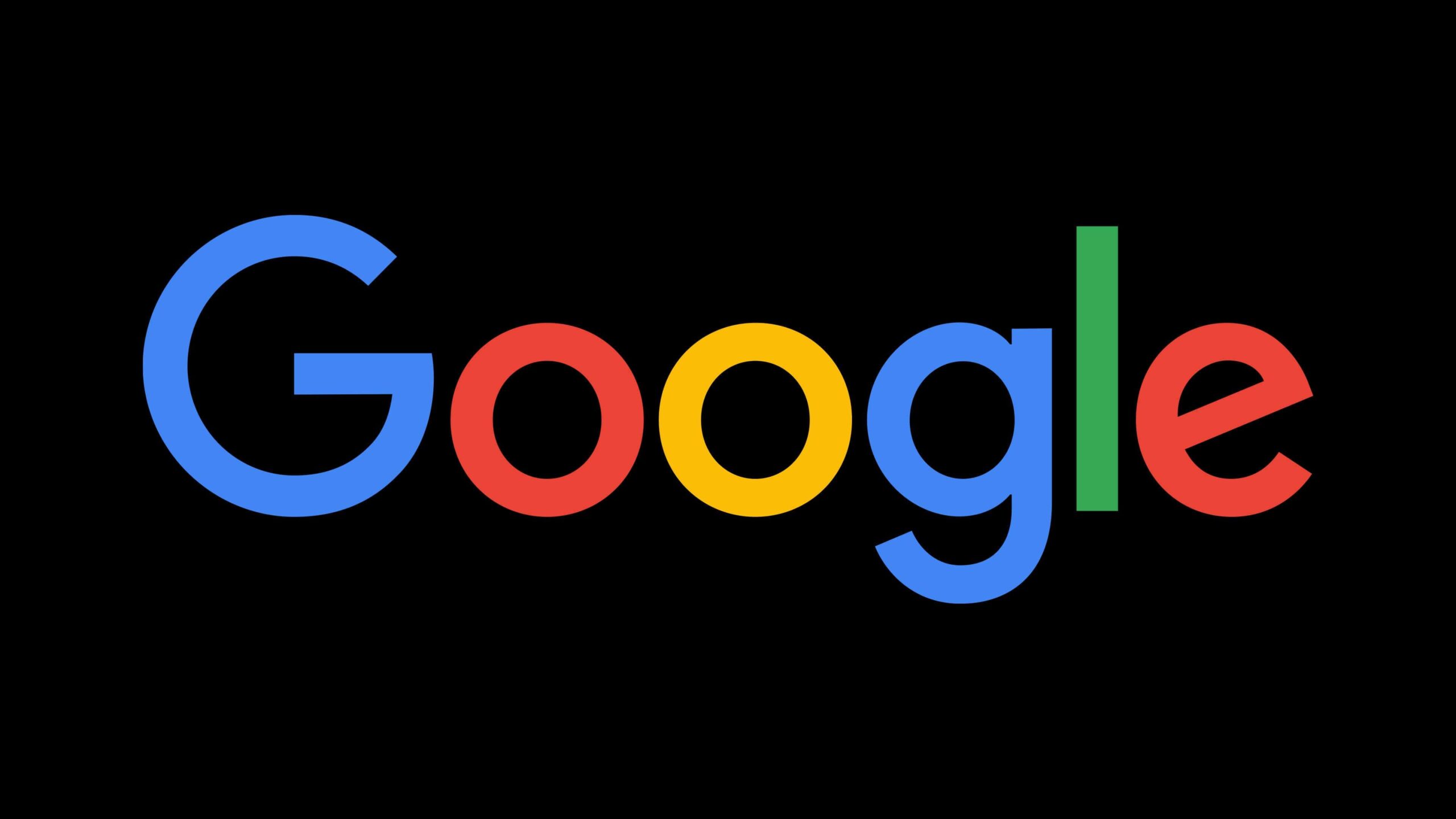
Google is currently rolling out significant new features for Android theft protection and an updated charging screen for older Pixel Watch models, providing both Android phone users and smartwatch owners with advanced security and usability enhancements.
Android Theft Protection: Advanced Features for Device Security
Google is introducing a comprehensive set of theft protection features for Android devices to safeguard users’ data in the event of device theft. These features include Theft Detection, Offline Device Lock, and Remote Lock, all of which are now becoming widely available.
- Accessing Theft Protection: You can access these new security tools through your phone’s Settings app. Navigate to Google > All services tab > Personal & device safety, or simply search for “theft” in the settings menu to find the relevant options quickly.
- Theft Detection Lock: Theft Detection Lock activates when someone tries to steal your device while it’s in use. If your phone is grabbed and taken, the display turns off automatically, and the device will require authentication to regain access. This feature uses device sensors, Wi-Fi, and smart connections to detect theft and lock the device swiftly.
- Offline Device Lock: If the thief tries to disable the internet connection to prevent tracking, Offline Device Lock steps in to secure your phone. This feature ensures your phone stays locked even without an internet connection, adding an extra layer of security in offline scenarios.
- Remote Lock: If your phone is stolen, you can remotely lock it by visiting android.com/lock. This feature allows you to input your pre-verified phone number and security challenge to lock your device quickly. Google believes this method is faster than using the traditional Find My Device feature and the link to Remote Lock can also be found in the Find My Device settings. Once activated, your device’s screen can be locked twice a day through these methods.
To use these theft protection features, you must enable them in advance and set up Remote Lock by confirming your phone number. Disabling any of these features requires biometric authentication for added security.
Google’s Theft Protection is currently rolling out to Pixel and Samsung devices globally, with more Android 10 and newer devices expected to follow. However, the feature isn’t yet available on tablets. Google initially announced Theft Protection at their I/O 2024 event and began testing the feature in Brazil in June before expanding it worldwide.
Pixel Watch Charging Screen Update: A Visual Refresh for Older Models
Alongside theft protection for phones, Google is also updating the charging screen for older Pixel Watch models, providing users with a cleaner, more modern look. Initially introduced with the Pixel Watch 3, this refreshed screen design is now arriving on older Pixel Watch devices.
- Visual Changes: The previous charging screen featured an elaborate green animation and a two-line clock. With the update, the animation has been removed, and a sleeker design with a yellow accent for the ring and other interface elements has been introduced. The time is now displayed in white.
- New Features: On the Pixel Watch 3, the charging screen includes a time-to-full estimate, displayed on the right side of the screen. When the screen is activated, users will notice a brief loading animation while the estimate is calculated. However, on older Pixel Watch models, this time-to-full estimate is not yet functional, though it may be enabled in a future update.
- Day/Date and Timer Display: Users will see the day and date displayed on the charging screen, with the information flipped compared to previous versions. If a timer is set, it will appear on the left; otherwise, the day/date will be shown on the left, and the month will be displayed on the right.
This new charging screen design is available on Pixel Watches running Wear OS 5. If you are not seeing the updated interface yet, ensure that your apps are up to date, and try restarting your watch.
In summary, Google is pushing forward with two key updates: enhanced theft protection features for Android users and a refreshed charging interface for older Pixel Watch devices. These features are designed to enhance security and usability, providing more control and ease of use across devices. Android users can feel more secure knowing their devices are protected, while Pixel Watch owners can enjoy a cleaner, more intuitive charging display.
Android
Android 16 boosts USB data safety and fixes delayed notifications on Pixel phones
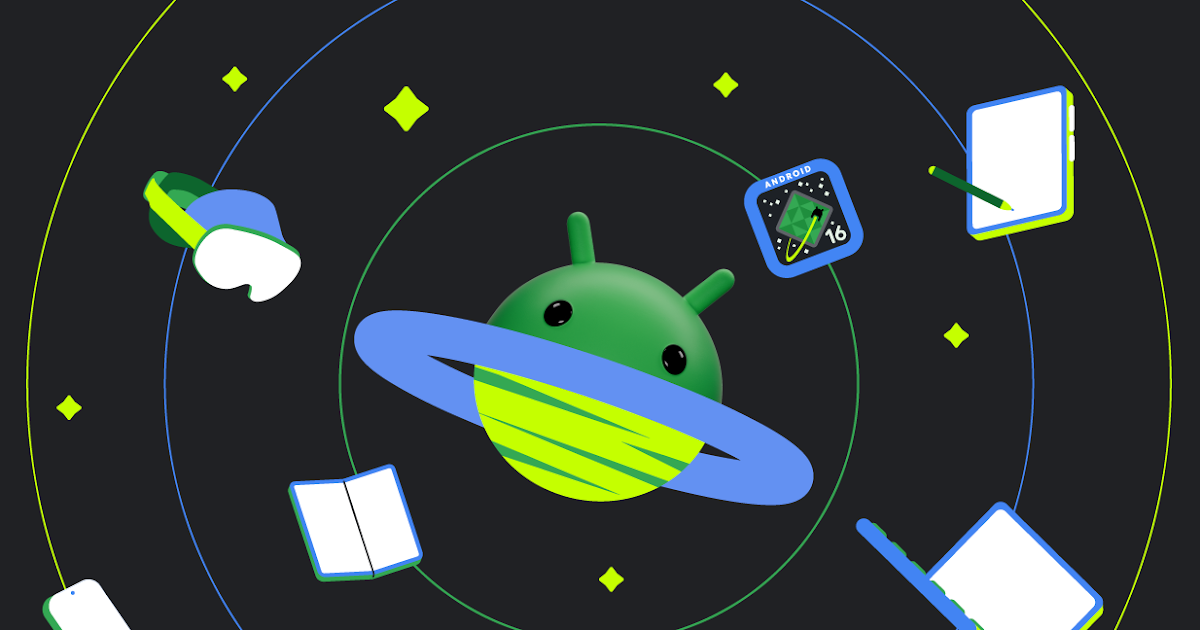
Google’s upcoming Android 16 update is bringing better security and some helpful improvements, especially for Pixel phone users. One of the main features in Android 16 is a new way to protect your phone’s data when it’s connected to a computer through USB. Right now, when you plug your phone into a PC or laptop, it can access all your data as long as you approve it.
With Android 16, Google is adding an extra security layer that only allows limited access unless you enter your PIN, password, or use your fingerprint. This will help protect your files if someone tries to access your phone without permission.
At the same time, Google is also working on a fix for a frustrating issue that some Pixel users have been facing for months — delayed notifications. After the April 2024 update, many users noticed that app alerts were not showing up on time, especially from messaging apps. Google has confirmed the problem and says a fix will be included in a future update, though it’s not in the current April patch yet.
Together, these changes show that Google is focusing on both stronger privacy and a smoother experience for Android and Pixel users. Android 16 is expected to roll out later this year, starting with developer previews.
Android
Google improves Translate, Assistant, TV, and Chrome with new updates

Google is bringing several updates across its apps to make them more useful and easier to use. Google Translate is working on a new feature called “Practice.” It helps users improve their language skills by offering short exercises, like matching words or filling in blanks. Right now, it looks like it will focus on Spanish, but other languages may come later. This tool could be great for people who want to go beyond just translating words and learn the language.
Google Assistant’s Driving Mode in Google Maps is starting to shut down. Many users are noticing that the card-style dashboard is disappearing, and the Assistant voice command shortcut no longer works. Google hasn’t officially said why, but it seems they’re moving away from this feature, possibly to focus on other tools or experiences in Maps.
Google TV’s Freeplay app is now back with a fresh look. It gives users free access to over 100 live TV channels. The redesign makes it easier to browse channels and see what’s playing. The new layout also highlights what’s currently on, making it faster to start watching without having to dig through menus.
Lastly, Google Chrome is testing a new built-in PDF viewer. This upgraded tool makes reading and editing PDFs easier right inside the browser. It includes better zoom controls, a cleaner layout, and a page list view that lets users jump to specific pages more quickly. These updates show Google’s push to improve how we learn, drive, watch TV, and browse the web.
Android
Android 15 grows slowly, while Google brings new AI tools to search and creators
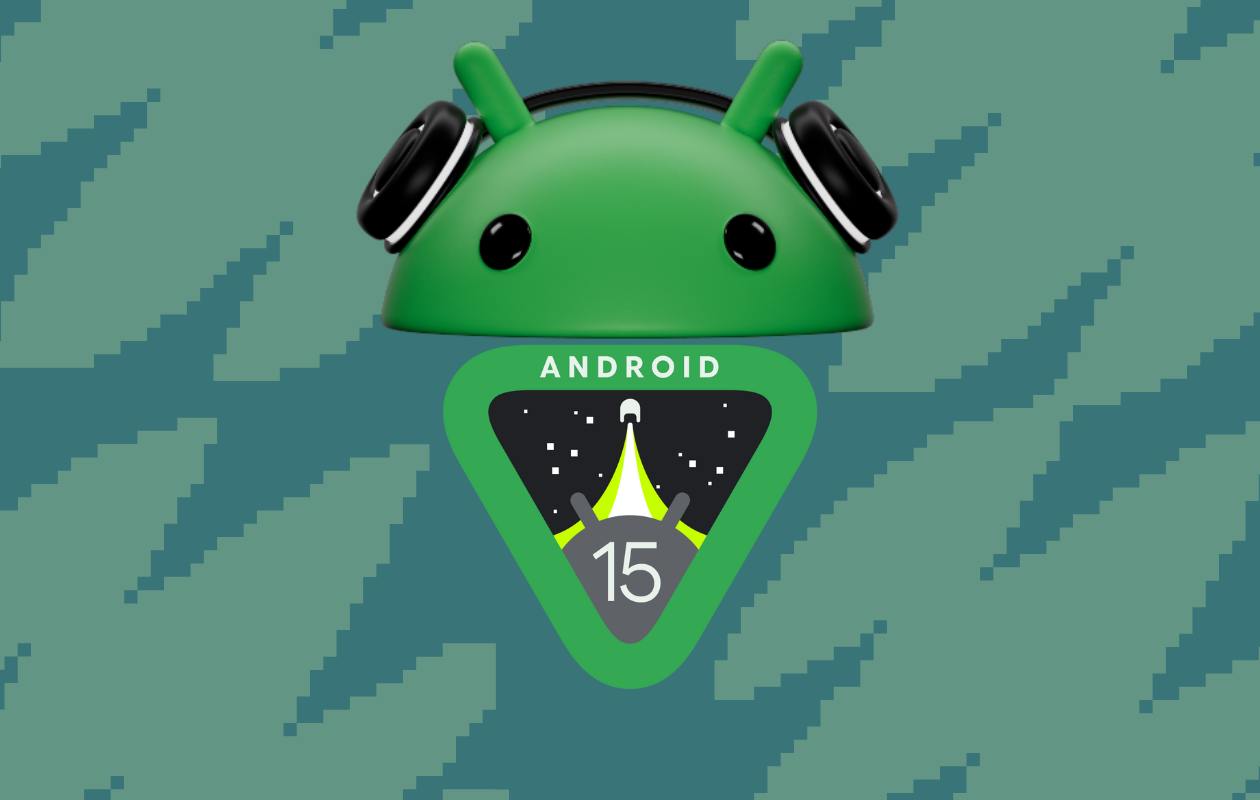
Google has shared the latest Android version usage numbers, showing that Android 15 is still in the early stages of adoption. As of April 2025, only 0.1% of Android devices are using Android 15. This version is currently in its beta phase, mostly available on Pixel and select partner phones. Android 14 leads the way with a 35.2% share, followed by Android 13 at 17.3% and Android 12 at 15.4%. Android 11 still holds 12.4%, showing how long older versions stick around.
Meanwhile, Google is also making changes in its AI efforts. The Gemini AI “prompt bar,” first seen in the Chrome browser, is now being tested in Google Search. This new feature lets users type or click suggestions to ask questions directly using Gemini, making search more interactive. It’s rolling out to more people gradually.
In addition to that, Google introduced Veo, a powerful video generation tool for creators. Veo can make high-quality videos from simple text prompts, using advanced AI to understand scenes, emotions, and cinematic styles. Google is currently letting select creators try Veo through a waitlist.
Together, these updates show how Google is improving both its Android platform and AI services. While Android 15 adoption is just beginning, features like the Gemini prompt bar and Veo highlight the company’s growing focus on AI to enhance user experiences across devices and tools.
-

 Apps1 year ago
Apps1 year agoGboard Proofread feature will support selected text
-

 News1 year ago
News1 year agoSamsung USA crafting One UI 6.1.1
-

 News1 year ago
News1 year agoBreaking: Samsung Galaxy S22 may get Galaxy AI features
-

 News1 year ago
News1 year agoSamsung Galaxy S23 Ultra with One UI 6.1 and all S24 AI features revealed
-

 News1 year ago
News1 year agoOne UI 6.1 Auracast (Bluetooth LE Audio) feature coming to many Samsung phones
-

 News1 year ago
News1 year agoSatellite SOS feature coming to Google Pixel phones, evidence leaked
-

 Apps11 months ago
Apps11 months agoGoogle’s fancy new Weather app is finally available for more Android phones
-

 News1 year ago
News1 year agoGoogle Pixel evolves as Europe’s third best selling flagship

